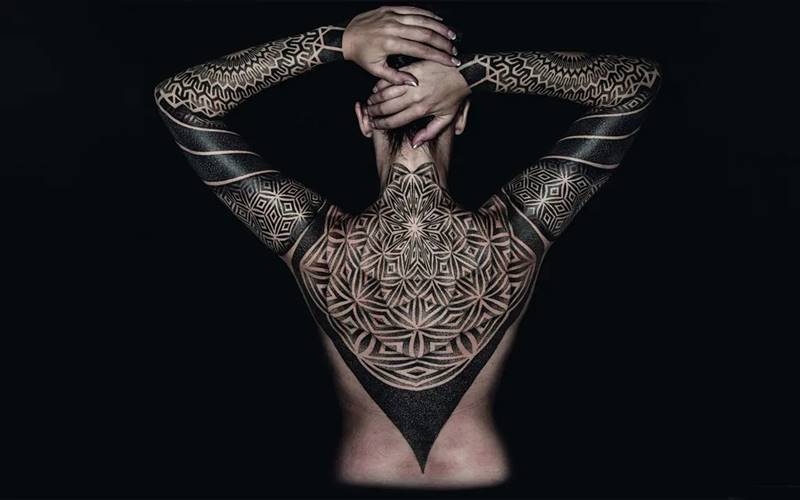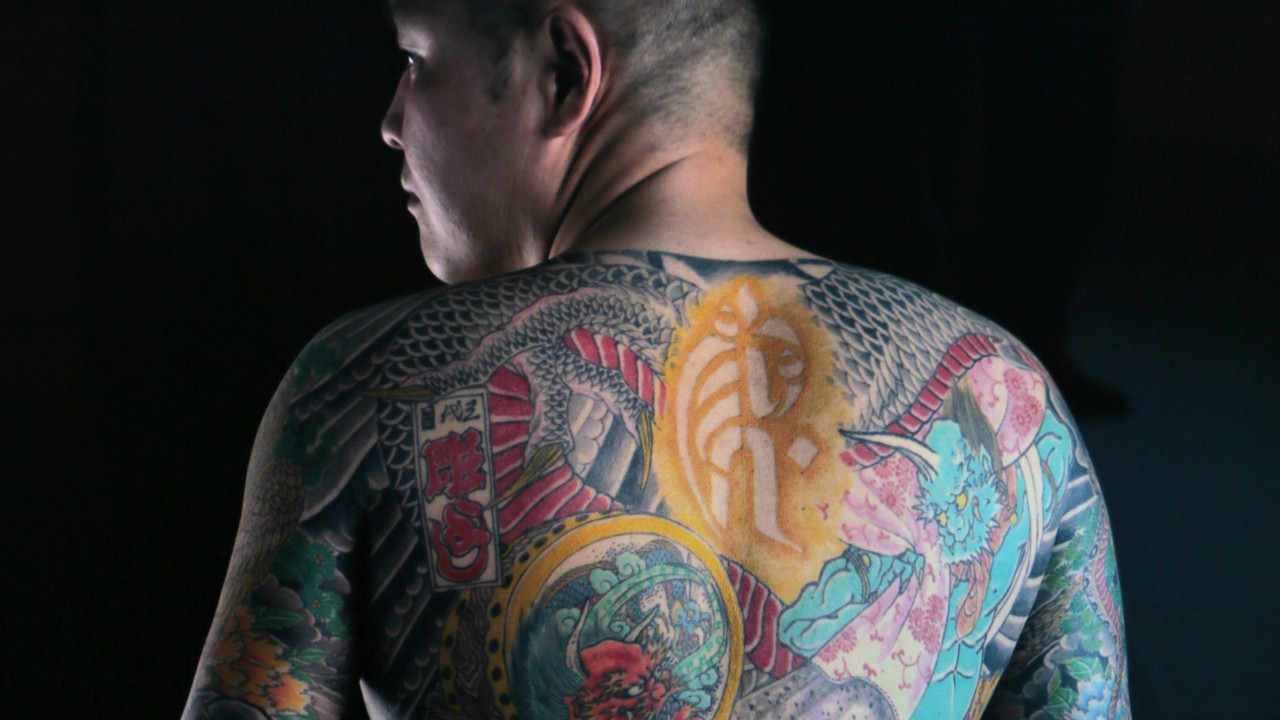Asian Sleeve Tattoo: Exploring the Timeless Art Form
– Japanese sleeve tattoos are heavily adopted and popular due to the artistic appeal of the Japanese tattoo style.
– The Japanese tattoo lexicon includes different sleeve variations such as full sleeve (nagasode), half sleeve (gobu), and 7/10 sleeve (shichibusode).
– Another type of sleeve tattoo is the hikae, which combines a chest panel tattoo with an upper arm design.
– Japanese themed sleeve tattoos can vary in symbolic meaning, patterning, and complementary motifs.
– Some options include skulls, chrysanthemums, demons, dragons, foo dogs, cherry blossoms, phoenixes, severed heads, snakes, peonies, koi fish, tigers, and waves.
– A snake sleeve tattoo can symbolize protection against bad luck, disaster, and illness.
– Flowers such as chrysanthemums and peonies are commonly used and have symbolic significance in Japanese culture.
– The article discusses various aspects of Japanese sleeve tattoos and the meaning behind certain elements.
– Japanese sleeve tattoos should be individualized to the wearer and can deviate from traditional rules.
– The article showcases examples of full sleeve designs that incorporate Japanese-inspired elements but also incorporate Western tattooing styles.
– The article mentions the popularity of foo dogs in Japanese tattoos, noting that they originated in China and are actually guardian lions.
– Hannya masks are worn by performers in Noh theater and depict jealous female demons.
– Koi fish originated in China and have cultural significance in Japanese art.
– Koi fish swimming upstream symbolize determination to overcome obstacles, while fish swimming downstream represent achieved goals.
– Dragons have mythical significance in various cultures, and Japanese dragons are visually appealing for full sleeve tattoos because of the amount of detail that can be incorporated.
– There is a long history of black and gray designs in Japanese tattoos, favored by some for their subtle elegance.
– Tigers symbolize power, strength, courage, and good luck in Japanese tattoos, and their significance can change depending on the direction they are moving.
– Traditional Japanese tattooing has a long and complex history dating back at least two thousand years.
– Tattoos were popular with yakuza (Japanese organized crime) but have a changing attitude in Japan.
– Tattoos are not specifically illegal in Japan but remain a complex social tradition.
– Many swimming pools and bathhouses in Japan require people with tattoos to cover them as a sign of respect for the community.
– The average cost of a full color Japanese sleeve tattoo is $1500, with prices ranging depending on the artist’s experience and reputation.
– Some Japanese master artists charge upwards of ten thousand dollars for a sleeve tattoo.
– Tattoos have been enjoyed in Asia for thousands of years and have a diverse cultural significance.
– Asian tattoos originated from Asian cultures and are inspired by spirituality, mythology, religion, and nature.
– Traditional Asian tattoos are large “bodysuits” that tell stories, distinguish class or group, and have religious or spiritual purposes.
– Modern Asian tattoos are more creative and artistic, utilizing the body’s contours.
– Japanese tattoos evolved from the art of Irezumi, characterized by vibrant designs and motifs like koi fish, dragons, geishas, and flowers.
– Japanese master tattooists referred to as Horis were known for colorful and intricate designs.
– The association with criminal activity led to a ban on Irezumi in Japan.
– Tattooing in East Asian societies, specifically China, Japan, and South Korea, is considered taboo and goes against cultural beliefs.
– China has bans and censorship on tattoos, and some public institutions require soccer players to cover their body art.
– In Japan, tattoos are historically associated with criminals and are still linked to the Yakuza, and many businesses ban customers with tattoos.
– In South Korea, tattoos are connected with anti-social individuals and are often associated with criminals and gangsters, though tattoo culture is gaining popularity among the youth.
– The article provides guidance on picking Asian and Japanese tattoos, discussing factors such as placement and cost.
– Traditional Japanese tattoos feature bold colors, and different motifs hold symbolic meanings.
– Japanese and Asian tattoos are often large and intricate, making them costly and time-consuming to create.
– Asian tattoos have a rich history and continue to gain international popularity.

